Who will be responsible for teaching astronomy in the final year if exams are not required? The textbook that was used by students in the 70s-90s was considered perfect, but it begs the question: has education and science not progressed since then? These concerns are shared by the faculty at the Physics Department of Moscow State University and researchers at the Institute of Astronomy of the Russian Academy of Sciences.
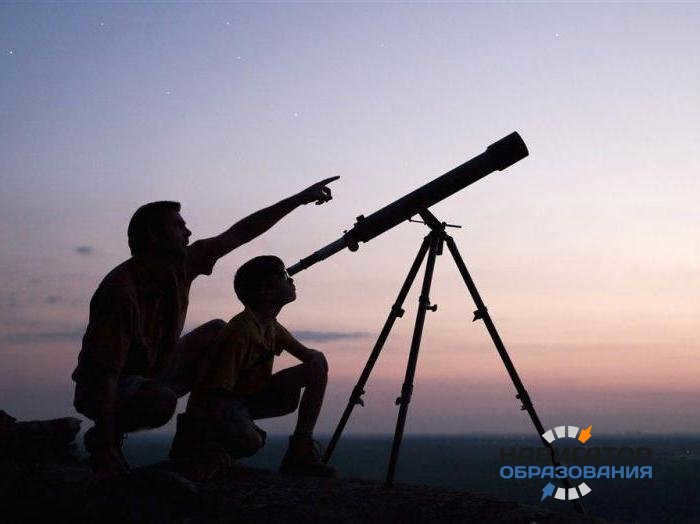
Recently, the Ministry of Education and Science of the Russian Federation has officially declared its intention to reintroduce astronomy classes in schools. The plan is to introduce a dedicated subject, with a total of 35 hours of instruction over a two-year period (yes, the 35 hours are spread out over two years of study). The guidelines outline how this new school subject will be implemented, the format of the classes, the teachers responsible for teaching it, and the allocated resources to support it.
Unfortunately, the plans to reintroduce astronomy into the school curriculum were abandoned in 1991. Surprisingly, the same textbook by B.A. Vorontsov-Veliaminov, which had been written and reprinted 17 times for tenth-grade students in the USSR, deemed astronomy as an unnecessary subject in a country that had achieved remarkable feats in space exploration, such as launching the first satellite and sending the first man into space.
Without the incentive of being included in exams, it seemed unlikely that students in their final year would choose to study astronomy. The textbook that was once cherished by generations of students from the 70s to the 90s may have been ideal, but it begs the question: has education and science not progressed since then? These concerns weigh heavily on the teaching staff at the Faculty of Physics in Moscow State University and the scientists at the Institute of Astronomy of the Russian Academy of Sciences.
Since the dawn of the space age, educators have struggled to develop a comprehensive and effective program for teaching astronomy in schools. Astronomy education has remained stagnant, with a lack of qualified teachers and outdated textbooks that fail to keep up with recent discoveries.
This issue has raised concerns among Russian scientists, and it is easy to understand why. If we do not revolutionize the way we approach astronomy education and bring it up to date with the latest scientific advancements, who will carry on their important work in the future? After all, we live in a society that heavily relies on satellite communications and it is crucial that we adapt our education system accordingly.
Leading scientists have put forth their own suggestions for addressing this problem. Here are a few of their viewpoints:
Dr. A.V. Zasov is a distinguished scholar at Moscow State University, where he holds the title of Doctor of Physical and Mathematical Sciences. He is also a Professor at the Department of Astrophysics and Stellar Astronomy within the Faculty of Physics. In addition to his teaching and research responsibilities, Dr. Zasov serves as the Head of the Department of Extragalactic Astronomy at the Moscow State Astronomy Institute.
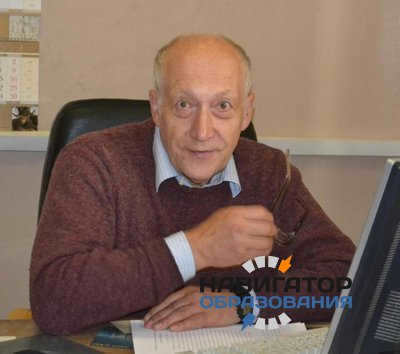
Anatoly Vladimirovich Zasov argues that astronomy showcases the universality of cosmic laws, providing a vivid demonstration of how the laws of physics operate in both space and on Earth. He highlights the significance of studying this subject, as it is closely intertwined with space activities, an area in which the most advanced countries are heavily engaged. Furthermore, understanding the Universe has now become an integral part of various aspects of human endeavors, including satellite communications, navigation, economy, high technology, and national defense.
Therefore, it is crucial to introduce students to astronomical concepts throughout their entire schooling period. The teachings of astronomy should progress from a level comprehensible to children to a more advanced approach involving physical and mathematical principles in high school.
A. Zasov suggests that the current situation with the teaching of astronomy at school can be resolved by implementing a comprehensive course titled “Astronomy and Space Exploration” that includes the integration of astronomy into the physics curriculum. He also believes that the study of astronomy should be mandatory for specialized schools.
The scientist has raised concerns about the decreasing reputation of science and has stressed its significance in fostering the scientific and technological capabilities of the nation, and ultimately, its overall future.
Dr. D.Z. Vibe, a renowned researcher in the field of physics and astronomy, holds a prestigious title of Doctor of Physical and Mathematical Sciences. He currently serves as the Head of the Department of Physics and Evolution of Stars at the Institute of Astronomy, which is part of the esteemed Russian Academy of Sciences.
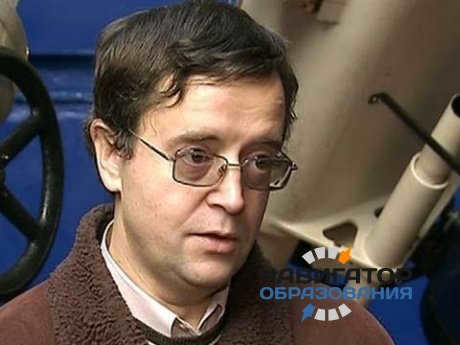
Lack of fundamental knowledge about astronomy leads people to believe in various false information. With the prevalence of the Internet and the abundance of pseudoscientific content circulating online, individuals are not shielded from myths that depict catastrophic outcomes.
Dr. Vibe asserts that introducing an updated version of the astronomy textbook by Vorontsov-Vel’yaminov would be pointless. Instead, he proposes dividing the astronomy curriculum into three segments:
- Satellites, telescopes, interplanetary probes, space stations, and other related topics;
- Exploration of the physical laws that elucidate the findings obtained through space technology;
- Comprehension of the accumulated knowledge about the Universe and its generalization through the application of physics principles.
Dmitry Zigfridovich Vibe recommends that the initial two sections be integrated into other subjects, while the third section should be designated as a distinct discipline – cosmography, which should be taught in the final year of school, enabling students to apply their knowledge of physical principles.
There are alternative viewpoints and suggestions for incorporating this subject into the school curriculum. Scientists are also considering training programs, textbooks, and the development of resources and facilities to effectively teach astronomy. They all agree, however, that studying astronomy in school is not only desirable, but essential.
The nation is in dire need of its own champions in the realm of space exploration

The Solar System and deep space offer a captivating sight, captured in stunning photographs taken by ALMA, E-ELT, LSST telescopes, and the SKA radio complex. These incredible images are sure to ignite curiosity and fascination in students, making it unnecessary to search for ways to engage their interest in the study of astronomy.
Of course, not all students will pursue a career in space exploration – only the most talented ones will become astronauts or astrophysicists. However, in order to discover and nurture these talents, it is important to actively seek them out and foster a love for science. This can be achieved by utilizing methodical materials that incorporate the latest advancements and discoveries in the field.
It is crucial to teach children about astronomy. This is not only necessary for the sake of patriotism, but also to enhance the prestige of our country.
The Sirius Educational Center, established under the President’s initiative, has demonstrated that there are numerous talented children in Russia who have a keen interest in astrophysics and astronautics. President Putin’s visit to this center and his fascination with the young participants’ invention of a mini-satellite is not coincidental. The education system should take note of the president’s signal and recognize the national significance of preparing a new generation worthy of the legacies of Tsiolkovsky, Korolev, and Gagarin.
Image sources: sai.msu.ru, mosplanetarium.livejournal.com, fb.ru.
Roscosmos, the state corporation, has made a request to the Ministry of Education and Science to reintroduce astronomy as an independent subject in Russian schools. This proposal has gained support from Russian planetariums and the Space Research Institute of the Russian Academy of Sciences. Surprisingly, the Ministry of Education and Science has now officially announced that starting from September 1, 2017, a new subject, astronomy, will be included in the school curriculum.
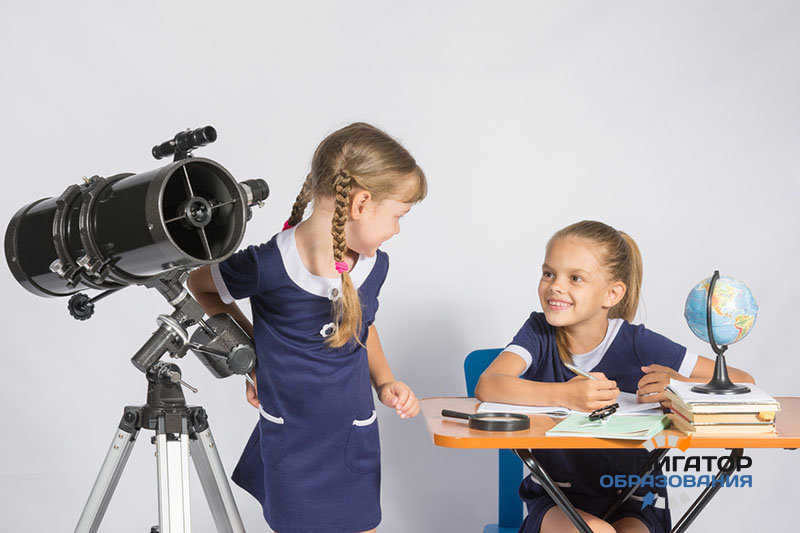
In the 1990s, Russian schools made the decision to no longer include astronomy in their curriculum. Despite the Ministry of Education and Science denying that astronomy was removed from the mandatory school program, it is clear that students were left to independently seek out and learn about celestial bodies and related phenomena. According to the Ministry, astronomy was integrated into the subjects of “Physics” and “Environment,” but the reality is that schoolchildren had to take it upon themselves to acquire knowledge in this field. As a result, the general astronomical knowledge among the population has plummeted – for instance, over a third of Russians are unaware that the Earth revolves around the Sun, not the other way around.
What caused the removal of astronomy from educational curricula?
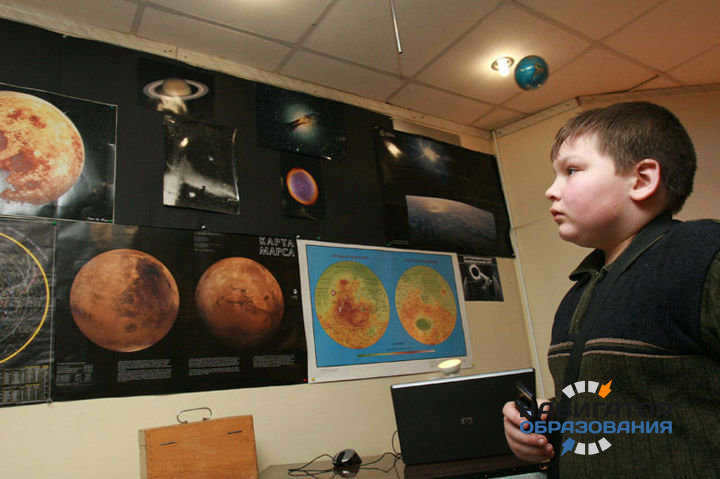
One of the factors that contributed to the decline of astronomy as a school subject was the collapse of the USSR, as education was not a priority during this period of turmoil. However, this was not the sole reason that hindered the acquisition of scientific knowledge about the world around us. There were other objective factors as well.
The history of teaching astronomy as a natural science in Russia spans over a century. In the early 1920s, cosmography (astronomy) transformed from an elite science to a more accessible field. With the educational reform of the 1930s, astronomy gained the status of a separate school subject, and students in their final year of secondary school were allocated 35 hours for its study until 1991.
During the second half of the year, graduates are busy preparing for exams, including the physics final. As a result, the physics teachers, who also teach astronomy, have decided to cancel the astronomy lessons in order to prioritize studying for the physics exam. Consequently, the number of astronomy lessons has been reduced by half, leaving little time to cover all the fascinating aspects of the solar system and space bodies. However, it is still important to provide students with at least a basic understanding of these topics.
Exploring the arrangement of the far-reaching cosmos and its governing principles has perpetually been a fantasy nurtured by writers and directors of science fiction movies featuring extraterrestrial societies, voyages to the Big Dog constellation, and the like. Pseudoscientific didactic materials such as horoscopes and astrological predictions have been incorporated into space-related movie scripts, proliferating throughout various printed publications and major television networks – as if someone deliberately brushed off the dust of centuries from age-old human notions about the universe and disseminated them across the nation that has produced its own Gagarin from outer space.
However, the study of astronomy serves as a natural science.
Furthermore, it not only expands knowledge in the realm of natural sciences, but also plays a crucial role in shaping the worldview of students. Unfortunately, since 1991, this valuable field has been infiltrated by pseudoscientific information, unknowingly leading future generations into a labyrinth of ignorance reminiscent of the Middle Ages.
The accessibility of studying astronomy, which was once provided by the Soviet education system, has reached a critical point and vanished along with the dissolution of the state that was at the forefront of satellite launches and manned space missions – as the great Russian poet once said, “genius is a friend of paradoxes.” Who truly benefitted from the disappearance of the USSR and the removal of astronomy from the mandatory school curriculum? Perhaps, it has become a topic consigned to the realms of history and social studies.

Today, the United States is the only country that rivals Russia in the field of space research and exploration. Up to this point, Russia has achieved many firsts, including launching the first satellite, sending the first cosmonaut, and having the first person venture into outer space. This superiority has allowed us to have an edge, as Americans have only been able to observe space through telescopes, without the assistance of Russian rocket carriers. The interconnectedness of the world means that the success of studying and exploring outer space greatly impacts Earth. It can be stated with complete certainty that the one who possesses greater knowledge is also the one who possesses greater strength.
It is widely believed by experts that the inclusion of astronomy in the school curriculum is crucial. This is primarily because the study of the Universe will enable students to expand their knowledge and satiate their innate curiosity. Will the introduction of this new subject captivate the interest of students? According to planetarium and astrocomplex employees, the mere acquisition of knowledge about space will undoubtedly pique children’s interest. However, the level of engagement in the school’s astronomy program will largely depend on the teachers.
Some representatives of the authorities also acknowledge the importance of studying astronomy in schools. For instance, Senator Lyudmila Bokova responded to our inquiry by stating, “Astronomy used to be a comprehensive subject taught in high school. Its necessity is evident, as there is even an Olympiad movement dedicated to this field. The public and teachers have repeatedly advocated for the reinstatement of this discipline. In my opinion, it would be impractical to introduce a separate subject at the expense of others, but we can develop an integrated physics program. physics program This program can incorporate topics related to astronomy, requiring additional content in physics textbooks.”
Incidentally
BRAINLY Sp. z o.o. representatives, in collaboration with the Znanija.com website, took the initiative to conduct a completely unbiased sociological survey on the subject of whether Russian schoolchildren are interested in studying astronomy. Surprisingly, the results showed that they have very little interest in the subject. To see the detailed findings of this survey, please visit the aforementioned website, although that is not the main point.
Now, why did this company decide to establish a presence in our country and why are they concerned about the level of interest or disinterest among children towards studying astronomy? Any research project requires significant financial resources, and this one was no exception! Children have their own unique preferences and dislikes – they may not like milk and semolina, be scared of vaccinations, and even wish for vacations that last nine months a year while shortening the school year to only three months. It would be interesting to conduct a social survey on these topics as well.
Individuals will form their own opinions regarding the fascination with the Russian education system.
The study of astronomy is making a comeback in schools. Who will be responsible for teaching it and how?

Let’s now discuss the most crucial aspect. The Ministry of Education and Science of the Russian Federation recently issued an official order on 20.06.2017. This order pertains to the implementation of the academic subject “Astronomy” as a mandatory course, and it includes a supplementary document containing methodological recommendations for its introduction.
The “orphan” was sent back to the temple of knowledge, but once again relegated to a corner. Not everyone is destined to become an astrophysicist, as astronomy is a highly intricate and multifaceted field of study. The country requires scientists in this discipline, rather than a vast number of ordinary technicians. However, perhaps by approaching the subject matter more seriously at the school level, it would be possible to cultivate qualified astronomy teachers who can inspire an interest in science and elucidate its significance to future generations. Just as one should learn the rules of the road even if they have no intention of driving a car.
Indeed, the vast amount of knowledge available today is a cause for concern regarding the high emotional and cognitive burden placed on children. It is challenging to find a suitable place to incorporate an additional hour of the old-new subject. However, astronomy can be seamlessly integrated into the subjects of geography or natural history, as it complements the content covered in other branches of natural sciences. As scientific advancements continue at a rapid pace, further study in this field will undoubtedly become even more challenging.
It is fortunate that astronomy has made a comeback in school curricula. Let us avoid repeating past mistakes and instead strive towards a future-oriented approach. It is imperative to contemplate this matter seriously and wholeheartedly.
Image sources: tvc.ru, sibmama.ru, newsland.com, inruza.ru.
There is a growing concern among individuals regarding the cancellation of astronomy in schools. This field of science not only contributes to the practical advancement of crucial knowledge domains such as space geodesy and space navigation in the rapidly evolving 21st century, but it also plays a significant role in shaping one’s worldview and understanding of the universe and humanity’s place within it.
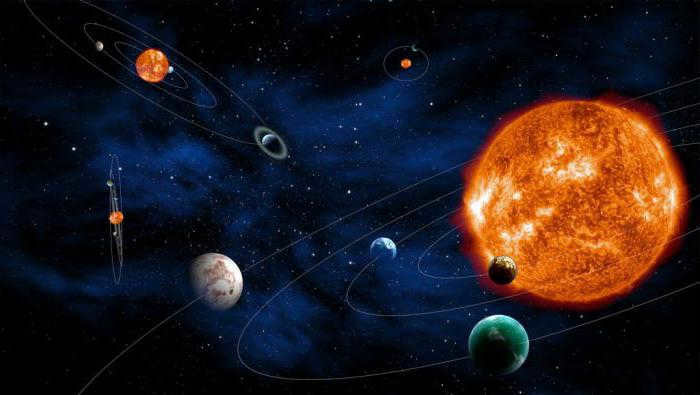

When did this occur?
In the Soviet era, astronomy was taught as a separate subject for 35 hours in grades 10-11 and was part of the natural sciences curriculum. Students who dropped out of school after the 9th grade did not have the opportunity to study this discipline, which held great importance in shaping their worldview. Despite only having one hour of instruction per week, the country managed to become a leader in space exploration, successfully organize astronomy Olympiads, and cultivate a large community of enthusiasts for this field of science.
In 1991, the inclusion of the subject “astronomy” in the school curriculum was discontinued, resulting in its removal from the program. During the early 2000s, students in their final year were provided with four textbooks of varying complexity, but in 2008, none of these textbooks were officially approved by the Ministry of Education and Science for use in educational institutions (Order No. 349). As a result, the teaching of astronomy became prohibited.
Historical Context
In a country with a rich history of three centuries in disseminating knowledge about celestial bodies and the structure of the Universe, astronomy education has played a significant role. As far back as during the reign of Peter the Great, the study of astronomy became mandatory in schools. This unique phenomenon in the field of education lasted for a century and was characterized by several key factors:
- Diverse teaching methods.
- A wide range of educational programs.
- Teachers’ freedom to choose their own instructional approaches.
- State-of-the-art equipment.
- Potential integration with the physics curriculum.
Following the revolution, efforts were made to preserve the traditional practices, and in the 1930s, comprehensive programs, resources, and instructional approaches were established. During the 1940s, the primary objective was to cultivate a scientific perspective, and as a result, the field of astronomy continued to progress. However, in the 1980s and 1990s, there was a gradual shift away from this subject, as it no longer aligned with the framework of the updated educational standards.

What’s on the agenda for today?
While there are no official restrictions on incorporating astronomy into the curriculum, the final decision lies with the school administration. Many educational institutions offer a brief overview of the subject as part of integrated courses. Elementary schools typically cover basic concepts of the universe in their “The World Around Us” program. In high school, astronomy is included in the physics curriculum, spanning approximately 50 pages.
In certain areas, like Chuvashia, this particular subsection may be aptly labeled as astrophysics, as it is replete with intricate calculations and complex assignments. Consequently, it fails to provide accurate insights into the distinctions between stars and planets, as well as the nature of the Milky Way. However, since 2010, numerous educational institutions have incorporated the fundamentals of religious cultures into their curriculum alongside traditional programs. Present-day graduates often conflate astronomy with astrology, which was formerly regarded as a pseudo-science.
Consequences
The All-Russian Public Opinion Research Center (VTsIOM) frequently conducts surveys of Russian citizens, revealing that 33% of the population firmly believe that the Sun revolves around the Earth, rather than the other way around. In September, the local media hastily reported on the modifications made by NASA to the system of zodiac signs, which caused a stir among the country’s inhabitants. It is important to note, however, that these changes were made by Americans specifically for the purpose of educating children and young adults about the inaccuracies of astrology.
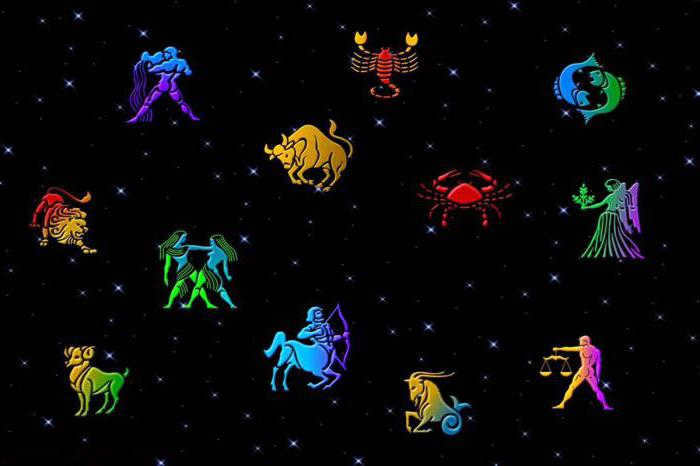
Young individuals acquire their understanding of the Universe not from educational astronomy classes, but rather from captivating Hollywood blockbusters and computer games. Among the misconceptions that have firmly taken root in the minds of fellow citizens are the notion that we are constantly surrounded by extraterrestrial beings, the belief that the American moon landings were a complete hoax, and the misconception that the phases of the moon truly impact the productivity of one’s country cottage. It is quite disheartening that individuals who consider themselves to be part of a civilized society lack knowledge about the functioning of the universe and its impact on planet Earth. The glaring lack of education among the general population was particularly evident during the meteorite incident in February 2013 near Chelyabinsk.
What caused this situation?
So, technically, the study of astronomy has not been officially canceled, and there have been no prohibitive instructions sent to schools. However, it has been excluded from the curriculum of educational institutions. But why?
Schools prioritize teaching the core subjects mandated by the Russian Federation, followed by subjects specific to the region, and only then can they consider adding additional subjects at their discretion. In order to introduce a separate discipline like astronomy into the schedule, three conditions must be met:
- A collective decision by parents.
- Provision of necessary teaching equipment.
- Availability of qualified personnel capable of imparting the required knowledge.
Parents, in general, are primarily concerned with the mandatory USE exam and their child’s admission to a university. That’s why even 50 pages from the physics textbook, which include information on astronomy, are often overlooked at school. The focus is on preparing students for the final exam. While the equipment needed for teaching doesn’t require significant expenses, schools still tend to cut corners. However, the main issue lies in the shortage of qualified personnel.
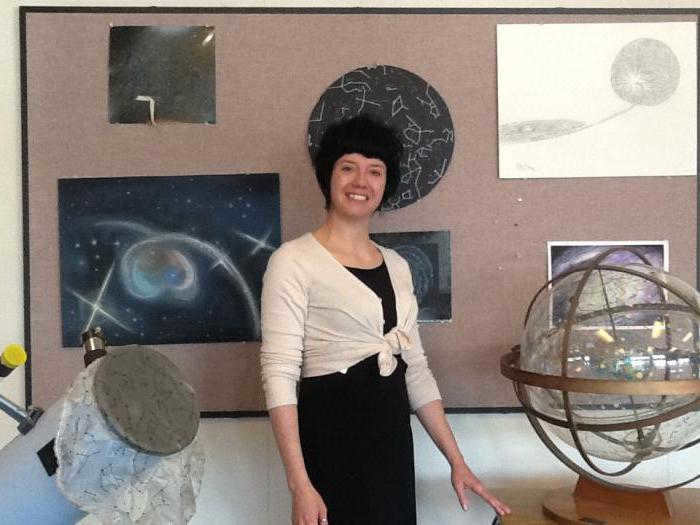
The Importance of Personnel
In today’s educational landscape, particularly in Moscow, where numerous educational institutions specialize in natural sciences, only 20 out of two thousand schools offer astronomy as part of their curriculum. This alarming statistic highlights the severe shortage of qualified astronomy teachers in schools. Historically, the Gorky Pedagogical Institute was the sole provider of specialized training in astronomy until 1978, but by 1980, ten universities across Moscow, Baku, Kiev, Tashkent, Telavi, Chelyabinsk, Leningrad, Rostov, Chernigov, and Nikolaev had incorporated astronomy into their curriculum, attracting only 600 applicants annually.
Due to the limited number of hours available in schools, there has been a shift in the way teachers are prepared. Previously, teachers were trained in both physics and astronomy, but this has resulted in an imbalance in the teaching of these subjects, with a greater emphasis on physics. Unfortunately, there is a lack of methodology when it comes to teaching astronomy. As a result, astrophysics departments have been phased out in pedagogical universities due to low demand. This has left teachers feeling ill-equipped to effectively teach astronomy.
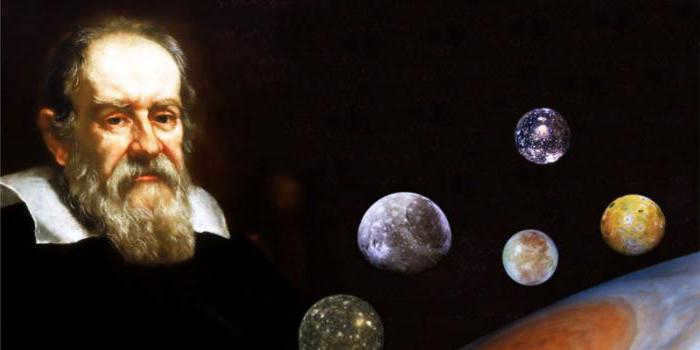
The Year of Astronomy
It is significant that astronomy was removed from the curriculum in Russian schools just before the Year of Astronomy. In 2009, marking 400 years since G. Galileo’s first observation of celestial objects with a telescope, the world celebrated a major advancement in our understanding of the universe. During a conference, scientists called upon the authorities to address the issue of scientific illiteracy, which is an integral part of our culture, and to promote universal astronomy education. This field of study is currently experiencing rapid growth and development.
Appointment of the new Minister of Education and Science
Olga Vasilyeva holds a contrasting viewpoint on this matter. In September 2016, she declared that astronomy will be introduced into Russian schools by 2017. This will be made possible by reducing the hours allocated to a second foreign language, currently set at 250 hours. If the hours are reduced, it will be feasible to incorporate astronomy lessons into the standard curriculum of general education schools. The textbook options will include works by Straut E. K. and Vorontsov-Veliaminov B. A..
In order to avoid overwhelming students, it is planned to allocate one hour per week for this new subject. While one might expect the scientific community to be delighted, what is the response from scientists?
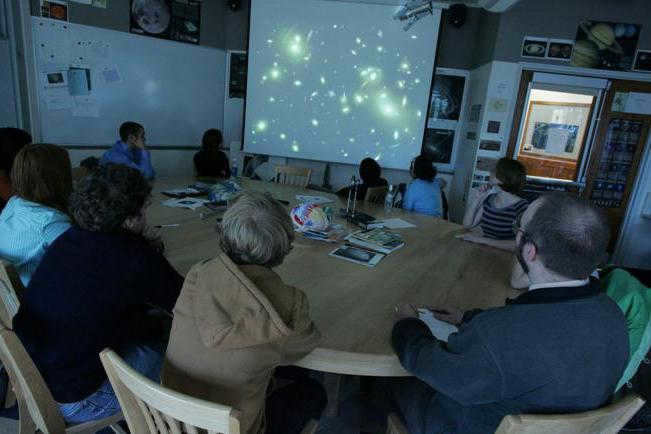

Expert Opinions
There has been a longstanding debate surrounding this topic. Lawmakers and the general public alike have expressed their concerns about the declining prominence of the country, which was once a frontrunner in the field of space exploration. Moscow State University Professor A. V. Zasov stresses the significance of including astronomy in the curriculum, as it helps shape students’ worldview and fosters a scientific understanding of the universe. Therefore, it is imperative that astronomy be integrated throughout the entire duration of a student’s academic journey.
Children become interested in celestial bodies, stars, and other galaxies around the ages of 11-12. However, at this age, they do not yet possess the necessary level of knowledge in physics and mathematics to fully grasp astronomical concepts. Nevertheless, the importance of astronomy cannot be underestimated. It allows us to:
- Illustrate the application of the laws of physics beyond Earth.
- Introduce the exploration of outer space and the advancements made in this field, which require collaboration among leading nations.
- Satisfy adolescent curiosity and foster a love for learning.
Challenges in Reviving Astronomy Education
Educators understand that reintroducing astronomy into schools cannot happen overnight. While finding solutions for textbook availability and scheduling may not be overly complicated, rebuilding the teacher training system will take anywhere from 5 to 15 years. It is essential to revive astrophysics departments, garner the interest of scientists, and secure governmental support for this endeavor.
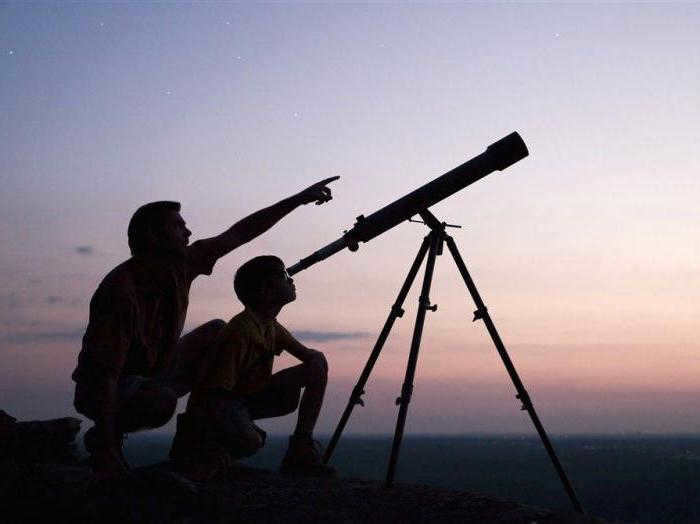
There is a widespread belief that the field of astronomy may not continue to exist as an independent discipline. Instead, it may be necessary to incorporate relevant sections into the curriculum of related subjects such as physics, geography, mathematics, and chemistry, in order to create integrated courses. To achieve this goal, it is essential to reconsider the concept of their content in schools with varying levels of complexity in their educational programs.
Teachers have expressed their concerns regarding the level of preparedness among students. Each year, there are some students who do not pass the final exams (Unified State Exam, or USE). The year 2016 was no different, with 4.7% of students failing to meet the basic level requirements, and 15% failing to meet the professional level requirements in mathematics. Furthermore, the minimum passing score for physics was only 36 out of 100 points, despite it being a crucial subject in all technical universities. It is imperative to ensure that natural sciences gain more prestige in society.
Why was the teaching of astronomy in schools discontinued at a time when the country is lagging behind in technological advancement? Perhaps it is because it is easier to manipulate people whose minds are influenced by outdated ideas about the structure of the world? There are concerns that if religious studies replace the study of the universe’s development in schools, graduates in a decade will leave school with a belief in the divine origin of all life and the notion that the Earth is supported by three whales. It would be unfortunate if astrology became the main science for evaluating life and if people turned to psychics instead of clinics for medical issues.
Every day is a celebration, filled with events and significant dates. Discover today what the future holds!
Pages
Recommend this to your friends:
Reasons why astronomy was canceled in schools and when it happened:
Astronomy is a branch of natural science that focuses on the study of celestial objects and associated phenomena. Celestial objects encompass galaxies, stars, planets, moons (satellites), and comets. Essentially, astronomy explores everything that exists beyond the Earth’s atmosphere.
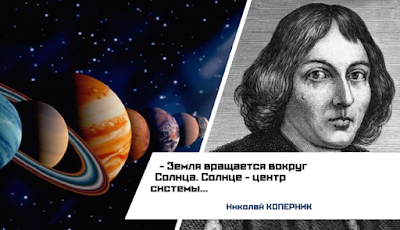
In 1991, despite its significance in shaping individuals’ perspectives, astronomy was removed from the roster of fundamental school subjects. Consequently, astronomy was supplanted by subjects deemed to be of greater importance in the school’s viewpoint, although there was no explicit prohibition.
Moreover, in 2008, none of the four textbooks utilized for teaching astronomy were officially authorized by the Ministry of Education. This subsequently resulted in the de facto elimination of astronomy as a subject in schools.
Starting from September 1, 2017, the subject of astronomy will once again be included in the curriculum of schools in Russia.
The decision to reintroduce this subject in schools was made in response to numerous public requests and the findings of a survey carried out among the Russian population. Shockingly, when asked about the motion of celestial bodies, nearly one-third of Russians incorrectly believed that the Sun revolves around the Earth.
6 Comments :
In 1991 AD, the geocentric theory of the structure of the cosmos was considered fundamental by the education authorities in the Russian Federation. However, in April 2017, it was discovered that classical astronomy and the geocentric theory were actually more accurate. It is interesting to note that at that time, we were completely unaware of concepts like GLONASS and the potential of asteroid impacts larger than 1 km. It just goes to show how our understanding of the universe has evolved over time. Reply Delete
Installing a yellow heat-emitting light bulb instead of a white LED bulb over Russia in the spring will result in the arrival of summer. This concept marks the end of all astronomical understanding. The notion that the sky appears blue due to the atmosphere selectively allowing in “blue light” implies that the sun is not blue. By wearing rose-colored glasses, one could perceive a pink sky and a pink sun. This observation supports the idea that we perceive the gray-blue dome of the Earth and the bulb-like Sun positioned beneath it, which is much closer than the accepted distance of 150 million kilometers. The field of astronomy is completely discredited! It’s regrettable that years were spent studying it! Respond Delete
Your remark suggests that individuals can be transformed into programmable robots capable of being indoctrinated to perform any task. Delete
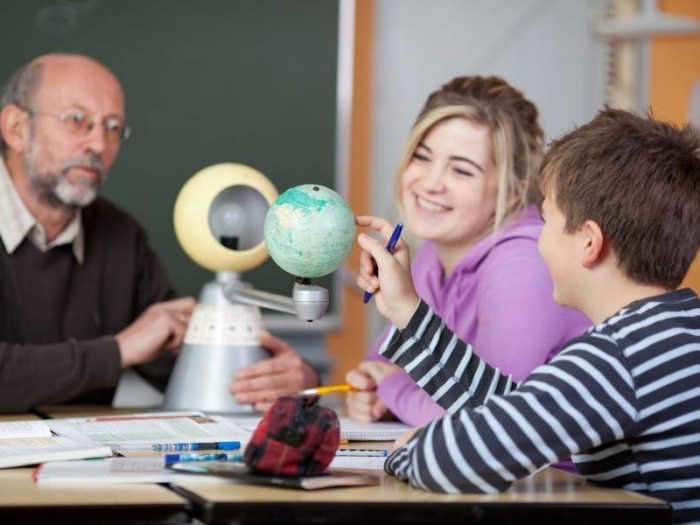
Astronomy: Fundamental and Advanced Levels
The Ministry of Education and Science in Russia has recently introduced modifications to the national educational standards, specifically highlighting astronomy as an independent subject. These alterations may result in revisions to the existing educational programs. Currently, astronomy is incorporated within the physics curriculum in schools, somewhat overshadowing its significance. The basics of astronomy are introduced to elementary school students as a means of understanding the world around them. However, it is then largely omitted from subsequent educational programs until it resurfaces as an advanced topic in high school, often being taught by specialist teachers. In cases where time constraints prevent the thorough coverage of the main physics curriculum, teachers may assign astronomy-related assignments for students to complete at home.
Excerpt from the preliminary version
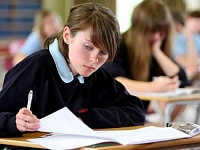
TOPIC READING: Latest developments in the field of education, updates on the 2018 Unified State Exam (USE) and Basic State Exam (OGE), and innovative programs for educators
1) Developing an understanding of the structure of the solar system, the evolution of stars, and the vast scales of the Universe in terms of space and time; 2) Gaining insights into the nature of observed phenomena in the Universe; 3) Acquiring a solid grasp of fundamental astronomical concepts, theories, laws, and patterns, and confidently utilizing astronomical terminology and symbols; 4) Recognizing the significance of astronomy in practical human activities and its role in further scientific and technological advancements; 5) Appreciating the contribution of domestic science to the future development and utilization of astronomy; 5) Recognizing the role of astronomy in shaping future scientific and technological progress; 5) Understanding the future implications of astronomy.





